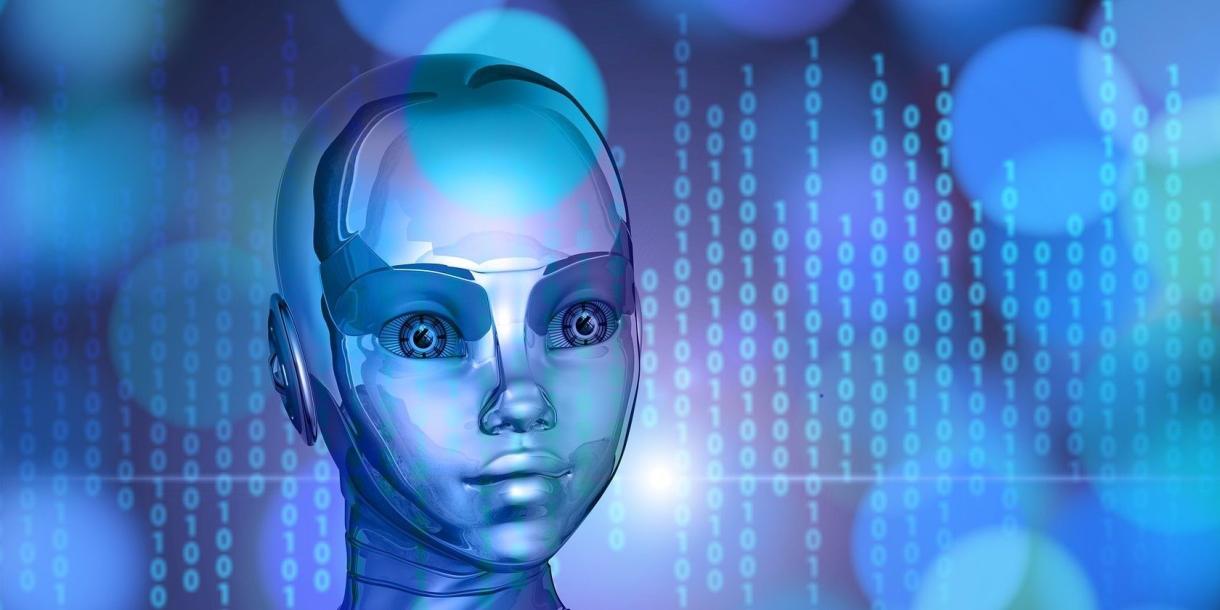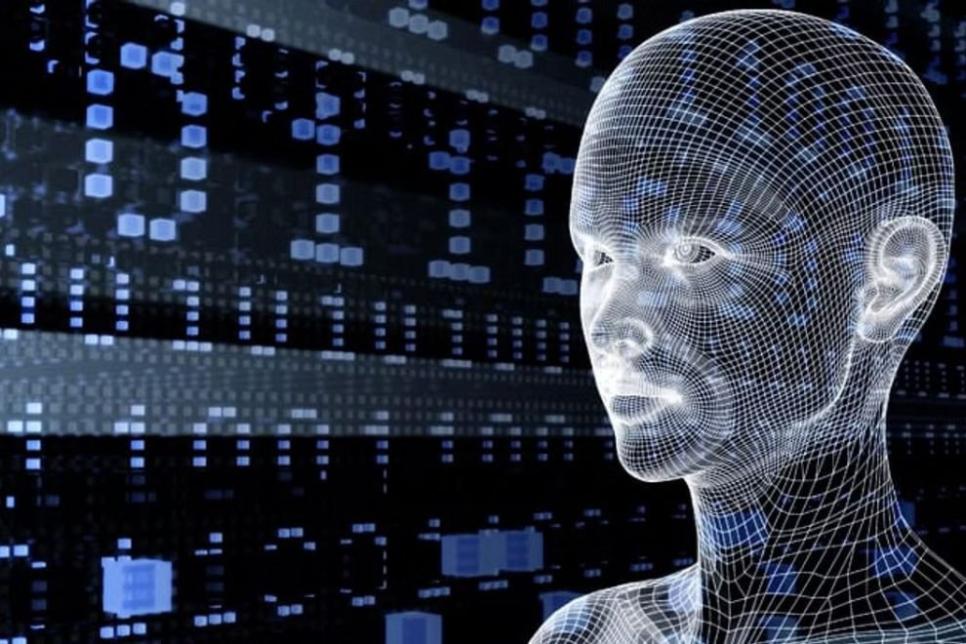How Can Reinforcement Learning Improve the Efficiency of Dental Procedures?
The field of dentistry is constantly evolving, with new technologies and techniques emerging to improve the efficiency and effectiveness of dental procedures. One such technology that has gained significant attention in recent years is reinforcement learning (RL). RL is a type of machine learning that allows agents to learn from their interactions with the environment and improve their performance over time. This makes it an ideal tool for optimizing dental procedures and enhancing the overall patient experience.

Understanding Reinforcement Learning
Reinforcement learning is a type of machine learning that involves an agent interacting with its environment. The agent takes actions in the environment and receives rewards or punishments based on the outcome of those actions. The agent then learns to adjust its behavior over time to maximize the rewards and minimize the punishments. This process is known as learning by trial and error.
RL has been successfully applied in a wide range of industries, including healthcare. In dentistry, RL can be used to improve the efficiency of various procedures, such as treatment planning, dental robotics, dental imaging and diagnosis, and patient engagement and education.
Advantages Of Using RL In Dentistry
- Adaptability: RL algorithms can learn from new data and adapt to changing circumstances, making them ideal for use in dentistry, where patient needs and conditions can vary widely.
- Automation: RL algorithms can automate certain tasks, freeing up dentists to focus on more complex and patient-centered activities.
- Optimization: RL algorithms can optimize treatment plans and procedures to improve outcomes and reduce costs.
Applications Of Reinforcement Learning In Dentistry
Treatment Planning

RL algorithms can analyze patient data and suggest optimal treatment plans. This can improve the accuracy and efficiency of diagnosis and treatment selection, leading to better outcomes for patients.
Dental Robotics
RL-powered robots can assist dentists in precise and delicate procedures. This can increase accuracy, reduce human error, and enhance patient comfort.
Dental Imaging And Diagnosis

RL algorithms can analyze dental images to identify anomalies and assist in diagnosis. This can lead to faster and more accurate detection of dental issues, enabling timely interventions.
Patient Engagement And Education
RL algorithms can personalize patient education and engagement strategies. This can improve patient understanding of their dental health and treatment options, leading to better compliance and outcomes.
Benefits Of Using Reinforcement Learning In Dentistry
Improved Efficiency
- Reduced procedure times and increased patient throughput
- Optimization of resource allocation and scheduling
- Enhanced productivity and cost-effectiveness
Enhanced Accuracy
- RL algorithms can learn from vast amounts of data to make informed decisions
- Reduced errors and improved outcomes
Personalized Treatment
- RL algorithms can tailor treatment plans to individual patient needs
- Improved patient satisfaction and outcomes
Challenges And Future Directions
Data Availability And Quality
The availability of high-quality and structured dental data is crucial for the successful implementation of RL in dentistry. Strategies for data collection and management need to be developed to ensure that RL algorithms have access to the necessary data.
Ethical Considerations
The use of RL in dentistry raises important ethical considerations, such as ensuring transparency, accountability, and patient consent. It is essential to balance automation with human expertise and ensure that RL algorithms are used in a responsible and ethical manner.
Integration With Existing Dental Systems
Integrating RL algorithms with existing dental systems can be challenging. Strategies for seamless integration and interoperability need to be developed to ensure that RL algorithms can be easily adopted and used in clinical practice.
Reinforcement learning has the potential to revolutionize dental procedures by improving efficiency, accuracy, and personalization. By leveraging the power of RL, dentists can provide better care to their patients and improve the overall patient experience. Further research and adoption of RL in dentistry are needed to fully realize its potential and transform the field of dentistry.
As RL technology continues to advance, we can expect to see even more innovative applications of RL in dentistry. This will lead to improved patient care, reduced costs, and a more efficient and effective dental healthcare system.
YesNo

Leave a Reply